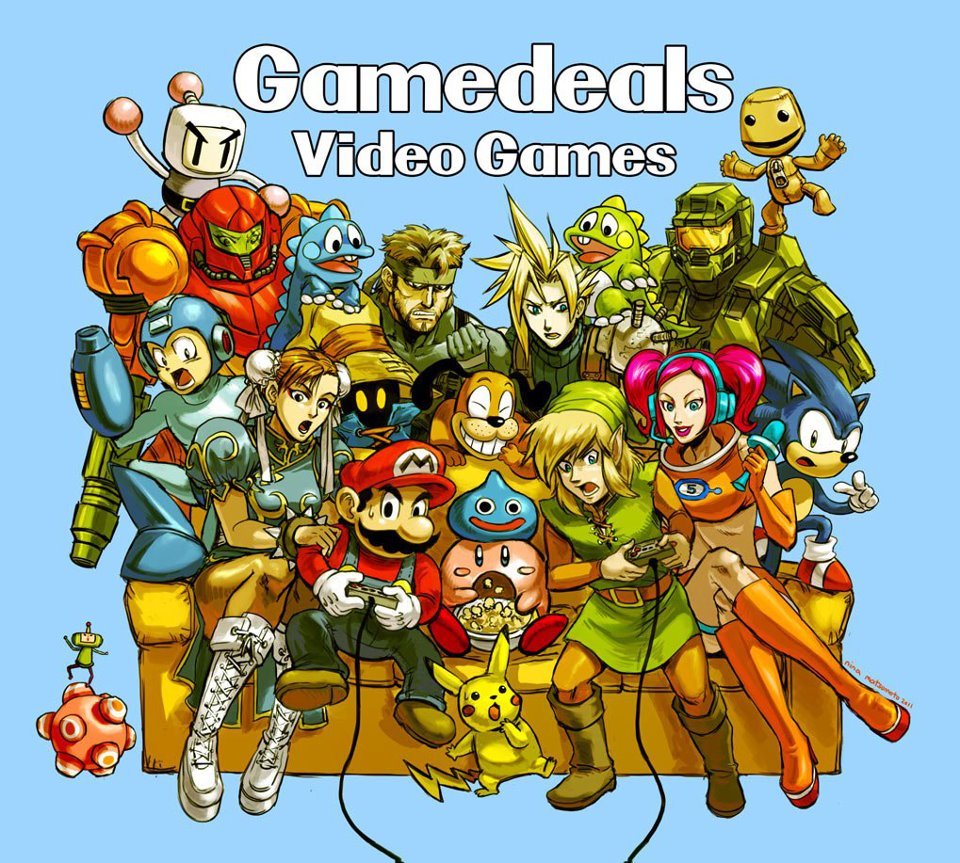
For once a highly original comic that isn’t from the Marvel or DC universe
By Jonathan Pabico, Senior Columnist
4/5
If you’re looking to get into Indigenous comic books, a good place to start is Kagagi: The Raven by writers Jay Odjick and Patrick Tenascon. Their story blends comic elements with First Nations culture to reimagine the genre with arguably the first ever Indigenous superhero.
The graphic novel follows Indigenous teenager Matthew Carver walking the usual beats of high school life until he awakens his inner power as the superhero Kagagi. Helped by mysterious stranger Wisakedjak, Carver battles an evil entity from the stories of old which is known as the Windigo.
What really makes the story so accessible for anybody is that it has many interesting Spider-Man parallels to engage readers with its content, while simultaneously subverting superhero tropes for relevant themes. Like Peter Parker, Carver is an outsider picked on by the school bully—but Carver is not targeted for being an introverted nerd. Instead, he is targeted because of his First Nations roots.
Carver’s racial othering reflects the societal pains caused by anti-Indigenous racism that still happens in Canada today. His emotional distance from friends and how alone he feels in carrying his personal problems deepen how culturally displaced he is as an Indigenous youth.
The evil entity Windigo is treated like a comic book supervillain through his serrated teeth, chilling dialogue, and imposing dark form that give him some surreal Venom vibes. Moreover, Kagagi has powers like Spider-Man that add familiar energy to his fight scenes with Windigo. The comic also has decent tone from Carver’s heartwarming family relationship with parental guardian Janet (who’s basically his Aunt May).
The action scenes are the most exciting set pieces in the graphic novel. Kagagi has fast-paced and hard-hitting fights with Windigo and his followers. This is achieved through angled close-ups, vivid onomatopoeias, glossy colours, and punchy character dialogue within small or narrow panels misaligned with wider sections. These visuals create tension, while growing the action’s grave dangers as Windigo’s and Kagagi’s worlds collide.
Odjick and Tenascon use the Windigo story and scenes with Carver and Wisakedjak to educate readers on how important it is for current Indigenous generations to preserve stories. The comic advocates for how storytelling is the core of First Nations’ cultural beginnings.
As far as flaws go, Carver’s superhero segment from his story arc is rushed, since he masters his powers quite quickly and easily accepts the dark events orchestrated by the Windigo. If the comic had more time to explore his disbelief, there could’ve been more believability for him as a protagonist. This issue is quite minor since the graphic novel is satisfying enough for any superhero fan.
After the comic ends, Odjick and Tenascon also include bonus material consisting of incredible pieces of concept art and sketches for their book. Along with the Kagagi narrative, these drawings make the comic feel like an art gallery proudly celebrating Indigenous culture.
Overall, Jay Odjick and Patrick Tenascon’s Kagagi: The Raven is an enjoyable standalone graphic novel not from Marvel or DC. The authors explore First Nations culture, history, and identity, utilizing the superhero genre in refreshing ways with relevant themes and original characters. Odjick and Tenascon’s comic is available online for free on the streaming platform Hoopla.


